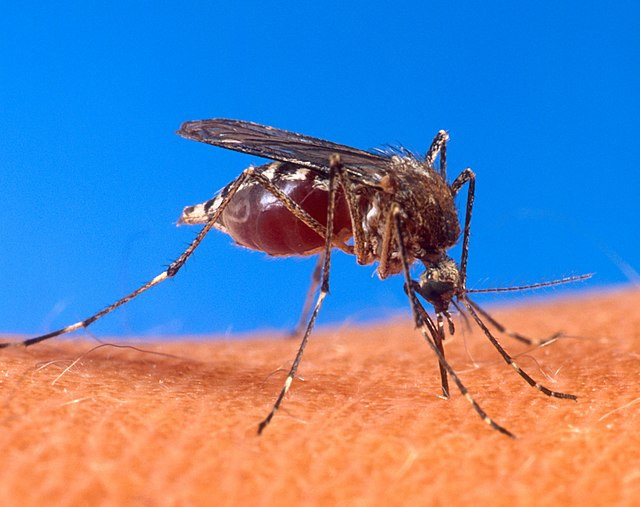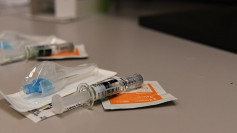U.S. health officials are advising Americans aged 60 and older to avoid the chikungunya vaccine Ixchiq as federal regulators investigate a series of adverse reactions reported in older recipients. The Centers for Disease Control and Prevention (CDC) and the Food and Drug Administration (FDA) issued notices late last week regarding the vaccine, developed by Valneva, a European biotechnology firm.
The CDC began recommending Ixchiq last year for adults traveling to countries where chikungunya is endemic. The virus is spread by infected mosquitoes and causes fever and intense joint pain. Although rare in the United States, the CDC reports between 100 and 200 cases annually, mostly among international travelers.
Ixchiq uses a live, weakened version of the chikungunya virus to stimulate an immune response. However, in April, a CDC advisory panel reviewed six cases involving individuals aged 65 and older who developed heart or brain symptoms less than a week after vaccination. Most of the individuals had underlying health conditions.
The panel also heard reports of more than 10 other similar cases from international sources. European regulators are conducting a parallel review of the safety data.
As a result of the investigation, U.S. vaccine advisers voted to issue a precautionary statement specifically for older travelers. According to the CDC, the recommendation is intended for people 65 and older about getting the vaccine.
In response to the safety concerns, the CDC advisory group also recommended making a second vaccine available to travelers. The alternative vaccine-Vimkunya, developed by Bavarian Nordic-was endorsed for use in people age 12 and older who are traveling to countries where outbreaks of the mosquito-borne illness are occurring. The CDC has not yet announced whether it will adopt this recommendation.
Chikungunya is primarily transmitted in tropical and subtropical regions where Aedes aegypti and Aedes albopictus mosquitoes-also vectors for dengue and Zika-are common. The virus is endemic in parts of Africa, including Nigeria, Kenya, and Senegal, and is widespread in South and Southeast Asia, including India, Sri Lanka, and Indonesia.
The disease has also caused outbreaks in the Americas, with documented activity in Puerto Rico, the Dominican Republic, Brazil, Colombia, Venezuela, and Mexico. In the U.S., no sustained outbreaks have occurred, but Florida and Texas have reported travel-related cases due to their warm climate and mosquito populations capable of supporting transmission.






